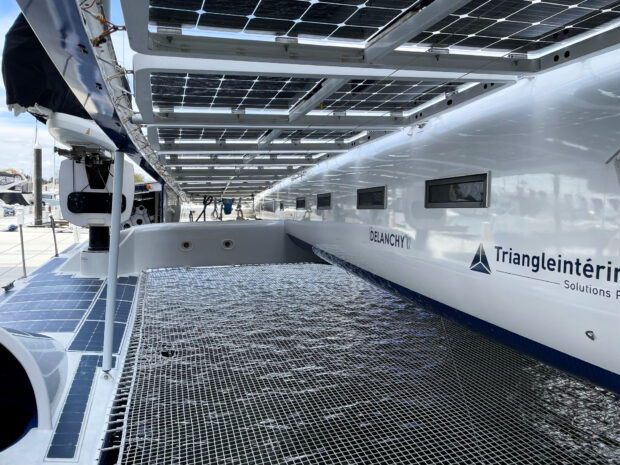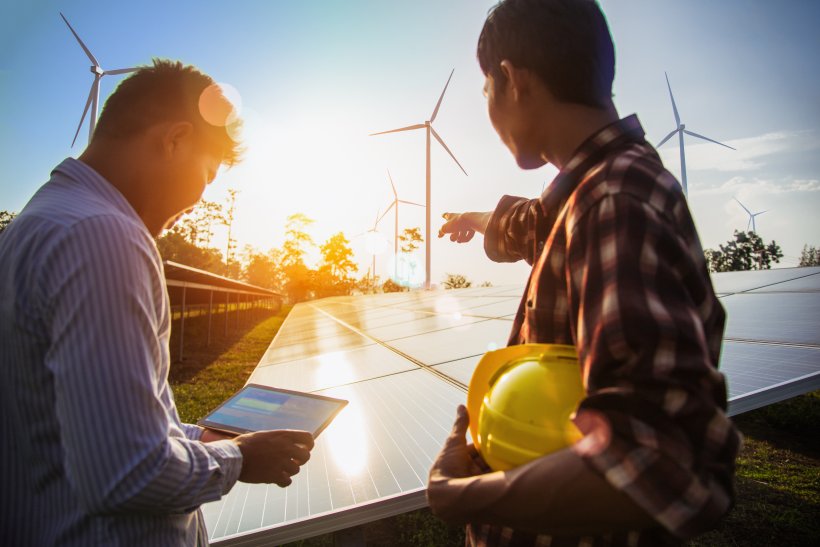We have much more to do and your continued support is needed now more than ever.
Charting the Way Forward on Climate
How we can harness alternative energy to power transportation.

When thinking about all the change that needs to happen in order to have a clean, carbon-free transportation system and economy, it can be hard to imagine just what that might look like. The growing ubiquity of solar panels on rooftops, wind turbines on hilltops or in open fields, and electric cars on the road helps introduce us to aspects of that future. But these just scratch the surface of the transformation that needs to happen to truly reduce emissions and stop the pollution that is overheating our planet.
One piece of that greater change is figuring out how to move big things long distances – via rail, sea, or air – without fossil fuels. Staff on the National Wildlife Federation’s climate and energy team recently had the opportunity to tour one prototype vessel that is trying to show the world how we might be able to do it while gaining valuable information and adapting along the way.
The Energy Observer is a retrofitted racing yacht that is circling the globe to show off its suite of zero-emission technologies. Its decks and canopies are covered with flexible, durable solar panels that catch the sunlight from above, as well as that reflected from the water below. Its “sails” are more like airplane wings that swivel to gain maximum velocity from the wind. Most novel, when the ship is sailing with the wind, its engine rotor turns in reverse to power a system that pumps water from the ocean, removes the salt and other impurities, and then strips the water of its oxygen to leave behind pure hydrogen. This zero-emission hydrogen powers the ship when there is little or no wind or sun.
This dynamic setup exemplifies the approach we need to take to meet the challenge of full decarbonization. No one solution is going to save the day. Rather, we need to develop and employ multiple solutions at the same time, often in interlocking or overlapping ways. The electrons produced by wind turbines and solar arrays can power our homes, fuel our cars and trucks, split water into hydrogen for fuel or industrial uses, and even turn carbon captured from the atmosphere into sustainable jet fuel.
While this future may seem far away, carbon-free transportation projects like the Energy Observer and the Orca direct air capture facility in Iceland are showing us that tomorrow is actually not so far at all. We just need the vision to see the path forward and the investment – both from private industry and governments at all levels – to make that vision a reality.

























